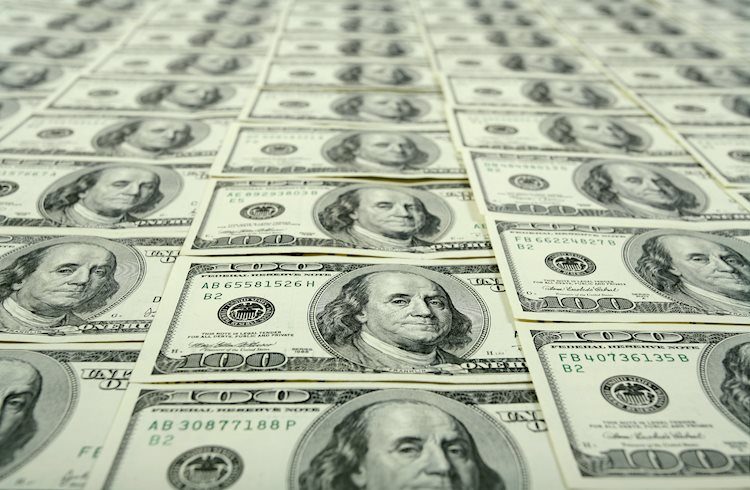The US Dollar remained strong on Monday despite softer PMI data, with the market pricing in 75 basis points of Federal Reserve easing by the end of the year. Chicago Fed’s Goolsbee stated that “many more rate cuts” will be needed next year, emphasizing the need for rates to come down. However, Minneapolis Fed President Neel Kashkari noted that the Fed is still focused on data to guide its decisions, while Atlanta Fed’s Bostic mentioned that the recent 50 basis points cut does not establish a pattern for future cuts.
The Composite S&P PMI expanded at a slower pace in September, manufacturing PMI unexpectedly declined, and services PMI expanded better than projected. The market continues to veer towards a dovish Fed, with traders monitoring incoming Fed comments and data to assess the possibility of a 50 or 75 basis points cut. The US Dollar is expected to remain vulnerable until the market reprices Fed expectations based on incoming data.
In terms of technical outlook, the DXY index has shown some momentum, but indicators remain in a bearish zone. The Relative Strength Index (RSI) is weak, and the Moving Average Convergence Divergence (MACD) supports a bearish trend. Support levels are at 100.50, 100.30, and 100.00, while resistance levels are at 101.00, 101.30, and 101.60. The DXY index faces resistance if it continues to rise, but could signal further weakness if it falls below support levels.
The US Dollar, as the official currency of the United States, is also widely circulated in other countries. It is the most traded currency globally, accounting for the majority of foreign exchange turnover. The value of the US Dollar is heavily influenced by monetary policy set by the Federal Reserve, which aims to control inflation and achieve full employment. The Fed adjusts interest rates to achieve these goals, impacting the value of the USD.
Monetary policy plays a crucial role in determining the value of the US Dollar, with the Federal Reserve using tools such as interest rate adjustments to control inflation and employment. In extreme situations, the Fed can resort to quantitative easing (QE) to increase credit flow in the financial system. QE involves the Fed printing more Dollars to purchase US government bonds, leading to a weaker US Dollar. Quantitative tightening (QT) is the reverse process in which the Fed stops buying bonds, typically strengthening the US Dollar. These policies have a significant impact on the value of the US Dollar in the global economy.











